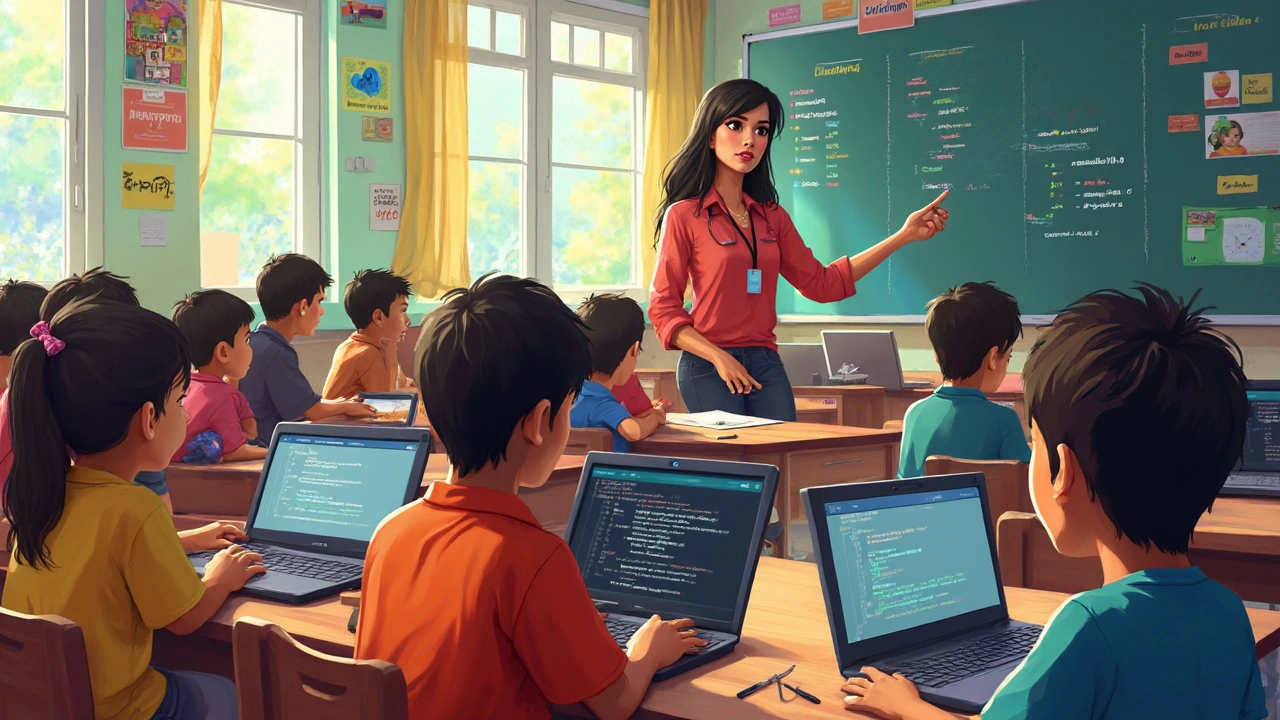Kids Coding – Easy Steps to Start Programming Early
Ever wonder why kids and coding are a great match? Kids love to explore, experiment, and solve puzzles. When you give them a simple programming tool, they turn those natural habits into real skills. No need for pricey gadgets – a tablet, a laptop, or even a phone can become a coding playground.
Why Kids Should Learn to Code
First, coding teaches problem‑solving. A child learns to break a big task into smaller steps, test ideas, and fix mistakes. That mindset works in math, science, and everyday life. Second, coding boosts confidence. When a child creates a game or a robot that works, the sense of achievement is huge. Third, many schools are adding coding to their curriculum, so getting a head start at home keeps kids on par with their peers.
Easy Activities to Get Kids Coding
Start with visual block tools like Scratch Jr. or Code.org’s Hour of Code. They let kids drag and drop blocks that represent commands, so there’s no typing frustration. A quick activity: build a story where a cat moves across the screen, then add sound effects. Kids see instant results and stay engaged.
If the child shows more interest, try simple text‑based languages. Python is a popular choice because its syntax reads almost like English. A beginner exercise could be writing a program that asks for the child’s name and prints a friendly greeting. Keep the code short—no more than ten lines—and celebrate each successful run.
For hands‑on learners, use physical kits like LEGO® Education SPIKE Prime or micro:bit. They combine building with coding, allowing kids to see how software controls hardware. A fun project is making a traffic‑light system that changes colors based on button presses. These kits reinforce the link between logic and the real world.
Don’t forget games that teach coding concepts while playing. Apps like Lightbot and Cargo‑Bot turn puzzle solving into a stealth lesson on sequencing and loops. Let kids play for 15‑20 minutes, then discuss how the game’s levels match real coding ideas. This conversation solidifies learning without feeling like a lesson.
Consistency matters more than length. A short 10‑minute session every day beats a marathon once a week. Set a regular “coding hour” after school or before bedtime. Keep a simple log of what they built—drawing a picture of the program or noting the biggest challenge they solved.
Parents and teachers can also join in. When an adult tries the same activity, it shows that learning is a shared adventure. Ask open‑ended questions: “What would happen if we changed this block?” or “How can we make the character move faster?” These prompts encourage critical thinking.
Finally, celebrate progress. Share the child’s project with family, upload it to a safe online gallery, or print a badge for completing a coding milestone. Recognition turns a hobby into a habit and inspires the next challenge.
Kids coding is all about curiosity, small wins, and playful exploration. With free tools, simple projects, and a bit of encouragement, any child can start turning ideas into interactive creations. Keep the activities short, fun, and regularly scheduled, and watch confidence and problem‑solving skills grow alongside each line of code.
Best Coding Classes: How to Choose the Right One for You
Picking the right coding class can be confusing with so many options out there. This article breaks down what makes a great coding class and shares tips for absolute beginners, kids, and even parents. We look at the differences between online and in-person courses and explore which platforms actually help you learn coding skills fast. By the end, you'll know how to pick a class that fits your goals and style.
read more